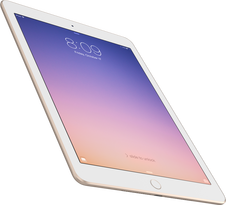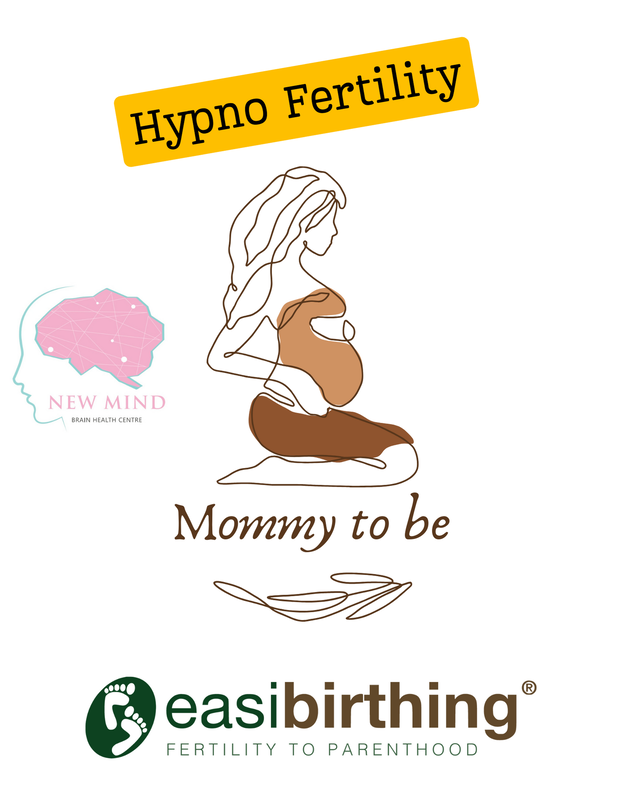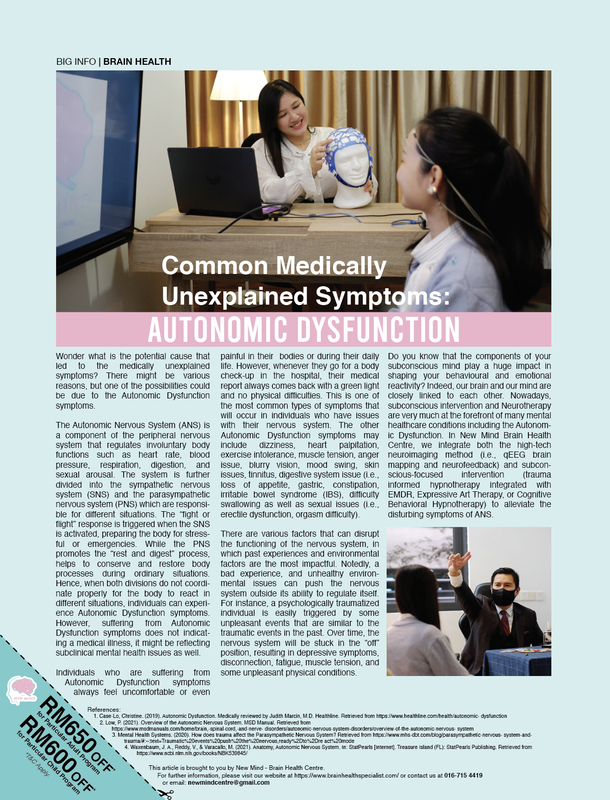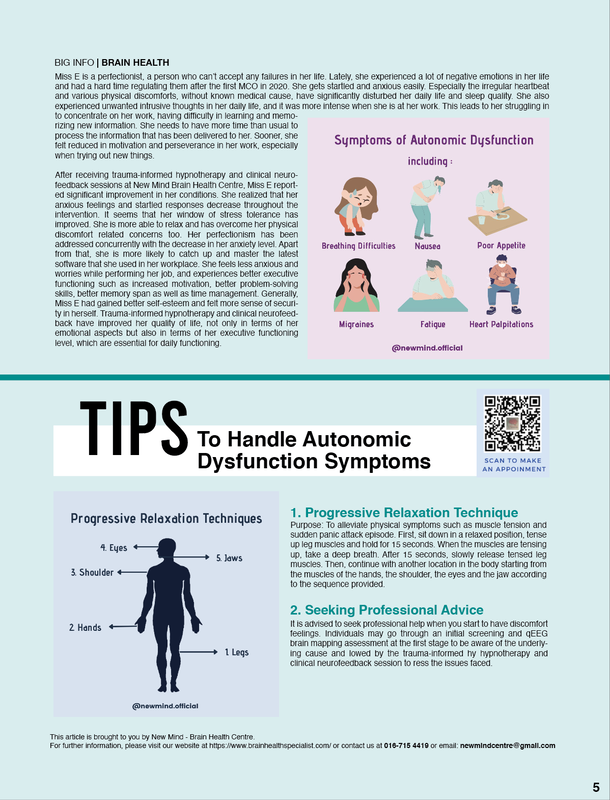|
1 in 6 people globally face infertility issues. According to the latest report from WHO in 2023, infertility has a significant impact, with 17.5% of adults having experienced infertility challenges. There is a crucial need to provide high-quality, affordable fertility care to those affected. Infertility is a public health concern that requires more attention and support (WHO, 2023). Our center's Dr. Hiro Koo is a certified hypnotherapist in the UK's easibirthing fertility method. In addition to teaching self-hypnosis methods for IVF as an adjunctive therapy, he can also help address unidentified psychological factors and lifestyle habits that may affect fertility. Our center also offers holistic approaches such as professional counseling, neurofeedback training, or other complementary therapies to cultivate a conducive mind-body environment for parenting the next generation. To learn more about how our services can be customized as an adjunctive therapy to assist you during your conception process, we recommend scheduling an initial consultation to explore our Hypno Fertility program. Feel free to DM us to arrange an Initial Screening or WhatsApp us (or Scan QR Code) at 0167154419. Do you know? For those facing infertility issues, research shows that hypnotherapy significantly improves psychological stress and preparedness for conception, while also reducing anxiety and depression. Mind-body interventions enhance the success rates of fertility, providing comprehensive psychological support for women preparing for pregnancy. #Hypnotherapy #HolisticHealing #FertilitySupport (Erdemoğlu & Aksoy Derya, 2022). Recent studies have found that when receiving mind-body interventions, such as self-hypnosis and biofeedback, there is a significant improvement in anxiety, depression, quality of life, and pregnancy rates. Tailored mind-body intervention programs facilitate pregnancy, reigniting hope for couples to become parents (Ha & Ban, 2021). In the face of infertility challenges, psychological stress and mood disorders are obstacles. Research suggests that reasonable psychological healing improves the psychological capacity related to infertility and may increase successful pregnancy rates (Doyle & Carballedo, 2014). #PsychologicalHealing #PregnancySuccessRate #InfertilityChallenges #Hypnofertility #PsychologicalSupport
0 Comments
Dr Koo曾在AiFM分享了催眠职业生涯的点滴,
|
New Mind Brain Health CentreNew Mind Brain Health Centre was established by Dr. Hiro Koo in Year 2018. Our team has contributed to and attained good reputations in this field throughout years. We provide high quality services to improve your brain health and mental health well-being.
新思维脑健康中心是由Dr. Hiro Koo古健荣博士于2018年成立。我们团队在业界已有多年的临床经验,并且也建立了良好的声誉。我们旨在给您带来高质量的服务,解决脑健康问他和达到理想的身心灵状态,以便可以更好地发挥大脑潜能。 |
DisclaimerAll pictures displayed in this website is for illustration purpose only. We claim no credit for any images featured on this blog unless otherwise noted. All visual content is copyright to it's respectful owners. If you own rights to any of the images, and do not wish them to appear on this blog, please contact us via e-mail and they will be promptly removed. New Mind Brain Health Centre & New Mind Academy [owned by New Mind Sdn. Bhd. (1300336-D)].
本网站中的各文章由编辑尽其最大审慎提供信息,但不对内容之完整性和及时性做保证。因此,读者有义务自行专业地或委托专业人士对所有内容在其预期用途中的适用性进行检查。此外,如有侵权图片或者侵权的词语、语句,请立即联系我们删除 |
Contact UsEmail Address: newmindcentre@gmail.com
WhatsApp: +60167154419 |






 RSS Feed
RSS Feed